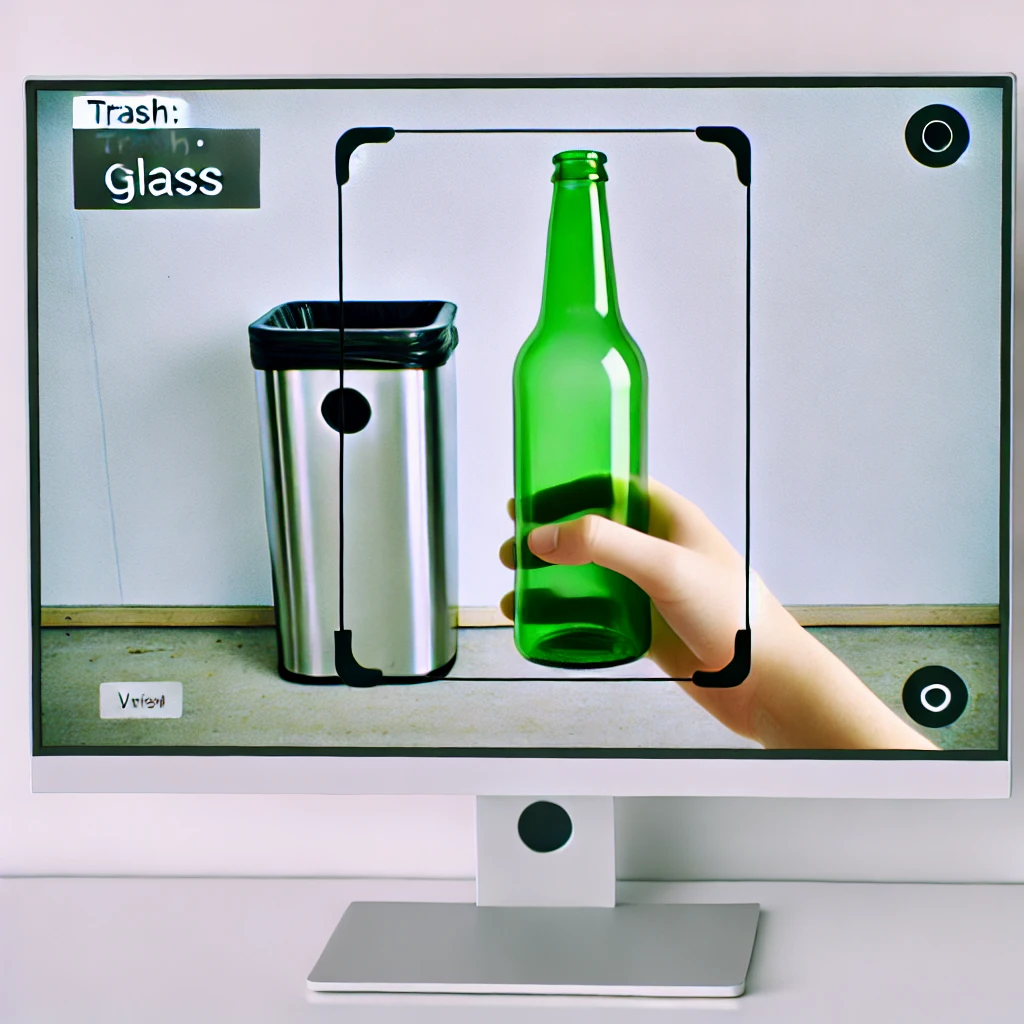
What is Trash Detection?
Trash detection is a project that uses computer vision and deep learning to identify and classify waste materials. The system can recognize six types of trash: Cardboard, Glass, Paper, Metal, Plastic, and General Trash. This helps in waste management by sorting garbage into recyclable and non-recyclable categories.
The system works in real-time using a live camera feed, making it practical for recycling plants or schools to educate students about waste segregation.
How Does It Work?
This project uses a deep learning model called a Convolutional Neural Network (CNN) to identify trash. Here's how it works:
- Video Capture: The camera captures a live feed of waste materials.
- Preprocessing: The captured image is resized and normalized to prepare it for analysis.
- Prediction: The processed image is passed to the trained CNN model, which predicts the type of trash.
- Display: The system shows the result (e.g., "Plastic") on the screen.
- Speech: A text-to-speech engine announces the result aloud for convenience.


Why is This Project Important?
Waste management is a significant challenge globally. By identifying and sorting waste materials, we can:
- Reduce pollution by recycling materials like glass, plastic, and paper.
- Minimize the amount of trash that goes to landfills.
- Promote sustainable practices by educating people about proper waste segregation.
Features of the System
- Real-time waste detection and classification using a live camera feed.
- Accurately classifies six types of waste materials.
- Provides audio feedback for the classification result using text-to-speech.
- Easy to integrate with recycling systems for automated waste sorting.